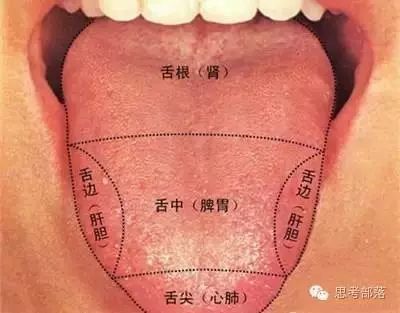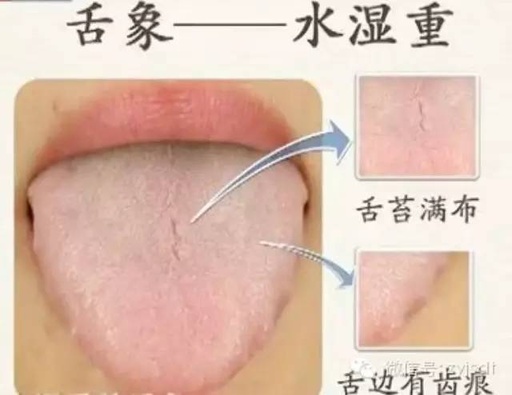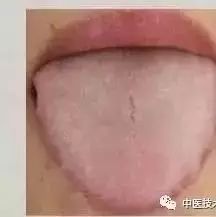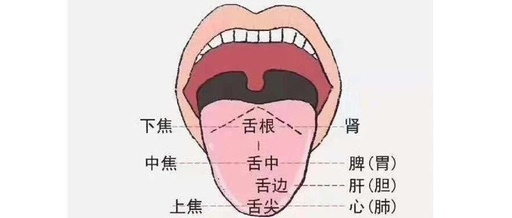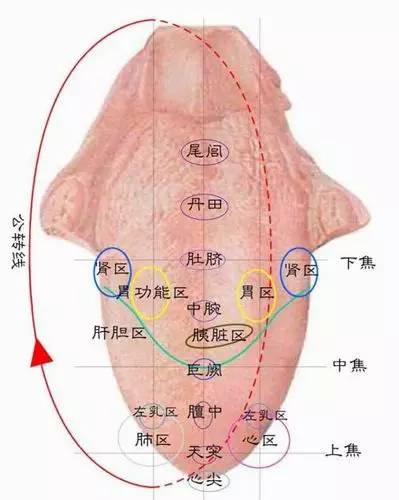Comprehensive Guide to Tongue Diagnosis (8): 72 Types of Tongue Diagnosis Charts
Tongue Diagnosis Charts Official Account: zhw96900 ⊙ Copyright Statement: The article is sourced from the internet; if there is any infringement, please contact us for removal. ⊙ Note: The content of this article is for public sharing and discussion in TCM, and is for reference only.

